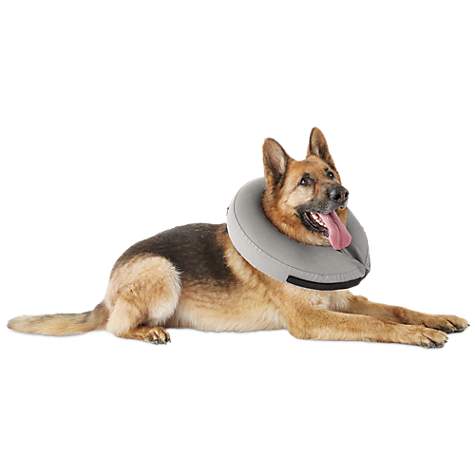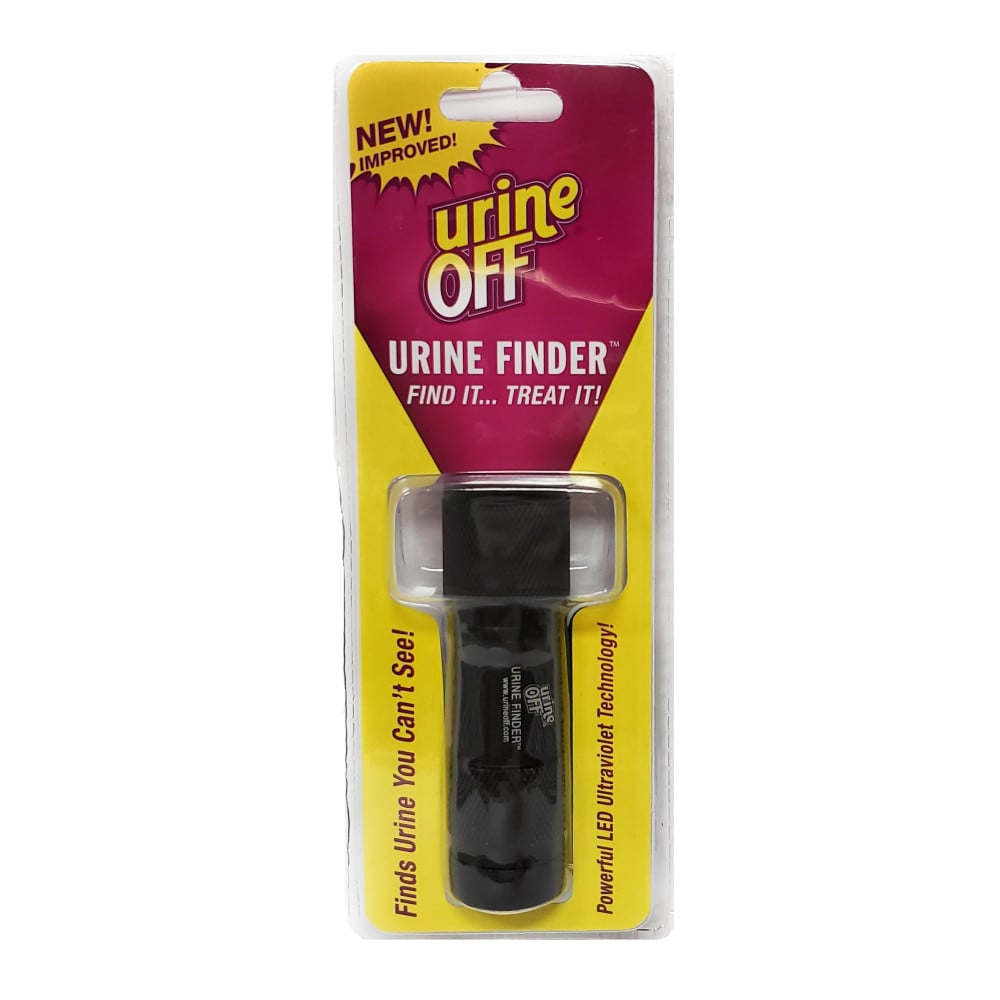Spay and Neuter?
You're sure you'd breed responsibly...Breeding is an art, some science, a personal challenge to be the best at what you do. It is a hobby, and should NEVER be a business. Breeding a litter "for the kids" will teach them nothing if they don't see you deeply involved and caring about everything from the food the pups are weaned on to agonizing over whether a certain home is "good enough". If you want to be a breeder, you do it because you love the breed, want to produce the most outstanding, beautiful, good-temperamented, healthy dogs in the world and feel with careful planning, lots of research and study, patience and a good dog to start with you can improve the breed and make them just a bit smarter, prettier, sturdier, better moving, or whatever your breed standard calls for. How do you know you're improving the breed? You show, you study the standard, you talk to "old-timers" who have good knowledge to share. Breeding responsibly is not just OFAing hips and CERFing eyes and blithely picking out a stud dog, but researching the lines to know SPECIFIC problems behind them so they can be avoided.
It's having a long-range PLAN of what you are trying to improve each time you breed. Finding the correct stud that will compliment your specific bitch, even if he is thousands of miles away and it will cost more than you'll ever get for the pups produced. It's getting involved with your puppies so they are well socialized, it's loving them so much that when they go to new homes you have a hole in your heart for awhile. It's getting involved with potential owners so the pups go to good homes where the people are prepared for owning a Malamute. That's NOT a job for children and the pay is lousey if you're thinking it would make a good business (24hrs. a day for 9 weeks nets you much much less than minimum wage, virtually nothing after expenses).
It's refusing to sell a pup to a home that is "just not quite good enough" and waiting for the BEST home you can find for a particular pup to come along - even if you don't get as much money, it's not a "show home", or the pup must live with you longer. It's providing the new owners a written and good guarantee the pup will be healthy (and if something goes wrong, you will stand behind it anyway). Once the pups are off to their new homes it's being there for the new owners to answer questions, to be an ear for bragging and complaining, to give advice and finally if the home doesn't work out -- to take the pup back - no excuses, no whining -- and find it an even BETTER home. It is not just the motivation to breed responsibility I guess, it's putting all that motivation into action for the right reasons.
Too many Malamute puppies are produced every year and that there just are not enough potential owners to go around that are qualified to own a Malamute. While doing rescue it was obvious that a home that may be suited to own an "easier" breed like a golden or lab, is not necessarily suited to owning a Malamute. Not only does this breed attract people who want "status symbols" or a "tough dog" that is easily discarded when the novelty wears off, but it also attracts people who simply have no idea the work involved in making them good pets. It's HARD to find good homes for Malamute puppies.

If you think you'd like to breed...consider this: Are you willing to wait until she is at least 2 years old, and get all the proper health clearances first? (CHD, HD, CERF, etc. and NOT breed if ANY of them are not clear). You wouldn't want your 12 year old human child have a baby would you? Breeding a dog younger than two is doing just that - and before you can be sure with the proper clearances that she is healthy enough to breed and not pass on any nasty genetic baggage. (How would you feel giving someone a blind, dysplastic or deformed puppy?). Are you going to show her to her championship? Do you realize what stud service to a similar quality dog would cost? As the breeder YOU are responsible for each and every pup you place if any are returned on your contract. (You would use a contract with specific guarantees and a REQUIREMENT that the pup be returned if it doesn't work out wouldn't you?). They are your responsibility to take back for rehoming - even 3, 5, 10 years from now! Do you have the facilities to house these "return" dogs? Typically most breeders can expect a couple of dogs returned from every litter they produce.
What research into genetics have you done on Malamutes and will you be able to negotiate the minefield of thyroid, hip dysplasia, polyneuropathy, cataracts, coat funk, epilepsy, heart and kidney problems as well as bad bites, poor conformation, woolly coats and other things inherent in Alaskan Malamutes? Do you know the different lines and what they tend to produce? Have you read books on dog genetics and do you understand how certain traits are inherited? What kind of health care is available for the bitch before and after whelping? What if she needs a c-section? (Star had a c-section and only two puppies lived - we figure our cost per puppy for that litter astronomical - now you are NOT going to get an astronomical amount from a buyer - so do you have the resources to take a serious financial loss?). Can you afford prenatal care, the necessary vaccinations, heartworm preventative, and lastly, quality food for mom (for her life) and pups (for the 8-12 weeks you have them or longer)? What if you can't find homes for them all? Do you have room to keep them? I assume when you plan to breed you will have a waiting list of homes ready and waiting long before you need them. Can you afford the necessary whelping supplies? (box and equipment?). These are all expenses you have long before you get anything back for the puppies.
IF you do a proper breeding, what can you can expect (depending on where you live), to get for a pet quality puppy? Have you checked the newspaper lately? You won't get pet shop prices which are inflated to cover puppies that die or must be sold quickly at a discount. If you don't show, you will not be getting show prices for a dog and even less for a pet and do you know why one pup may be pet and another show quality? Can you afford to advertise to sell these pups? A Sunday ad in our local paper is $50 a day - what's yours? The ad may have to run for weeks to find enough homes (and it's not easy finding homes if you don't have an impeccable reputation for breeding excellent dogs). Are you willing to sell all pets on spay/neuter contracts and possibly spay/neuter the pups yourself (at your expense) before they go home?
There are additional costs for AKC registration, without which, it may be even harder to find homes for the litter. Depending on litter size, and done properly, it can cost up to $1,000 to raise EACH puppy, however, you're lucky to net slightly more than half that. Typical litter size is 4-8 puppies. It's not cheap to breed dogs and you sure don't get rich doing it! Now, if you breed, I would hope you do plan to keep one for yourself (to show or do obedience with) and that is your main reason for breeding or why do it? There are HUNDREDS of unwanted Malamutes out there and if you are breeding you better have a pretty damn good reason for adding to the overpopulation of Malamutes.
The obvious conclusion is that we all should breed fewer Malamutes and produce fewer litters. The best way is through sterilization of dogs that are mainly family pets so a larger percentage of pet quality Malamutes are incapable of breeding. Performing an ovariohysterectomy (spaying) female animals is the best approach to decreasing the number of dogs produced which are ultimately abandoned. Spaying and neutering pets makes them easier to live with. Having a litter of puppies may seem like a fun thing to do, but those of us that do it know it's WORK.
A litter of pups does not help a female dog, in some way, to develop more completely or become a better pet. If she has mothering tendencies, they will come out regardless - with kittens, another adopted pet or her toys. Having puppies does not change her inclination to mother in any way. In addition, not all pregnancies go smoothly. Difficult labor, puppy mortality, and potential health problems in the mother, such as uterine and mammary gland infections, can take all the fun (and supposed profit if you are so inclined) out of the experience. Professional breeders are prepared and equipped for the entire process and it should generally be left to them, not because WE want to make all the money, but because we have spent years studying and learning how to do things properly.
The reproductive tract of the female dog begins with the ovaries where the ova (or eggs) are produced. When a female puppy is born, every egg that will be released by her ovaries over her lifetime is already present. They are, however, in an immature form and require further development to reach a stage that can be fertilized by sperm cells. When a dog's heat cycle starts, hormones stimulate the maturation of some of the ova or eggs. The ova are then released through the surface of the ovary and pass into the oviducts. These are tiny tubes that run between the ovaries and the horns of the uterus. It is within the oviducts that fertilization (the union of the sperm cell and ovum) occurs.
The horns are the muscular section of the uterus between the oviducts and the body of the uterus. The uterine horns of dogs can vary greatly in length and diameter. They are in the shape of a Y, meeting at the uterus. . When the animal is in heat, their thickness will easily double and they may lengthen slightly. During pregnancy they will vary in diameter and up be to 24 inches in length. The uterus ends at the cervix of the dog. During pregnancy, most puppies develop within the uterine horns but one may reside within the body of the uterus. There are birth control pills and medications manufactured specifically for use in dogs. Most of these oral products can have serious unwanted side effects, are expensive, and usually cannot be used for long periods of time. This is also true of the pills that terminate pregnancy if the bitch is accidentally mated to an unsuitable dog. Actually, it is much safer to let her have the puppies - but then again, you are adding unplanned and unwanted pups to the world.
The only alternative at present, since birth control pills are not a viable option, is permanent form of sterilization done surgically. These would be either spaying (medically referred to as ovariohysterectomy) or a tubal ligation in the female. They are two totally different surgeries but either one will prevent future pregnancies if done correctly. Both have advantages and disadvantages, but only ovariohysterectomy should be considered for the long-term health of your dog. A tubal ligation, whether in veterinary or human medicine, only effects the oviducts. These small structures are isolated during surgery and then cut and tied off with suture material. This prevents the ova from coming in contact with sperm cells or passing into the horns of the uterus. The procedure is fairly easy. The hormones that are normally produced by the ovaries and other parts of the reproductive tract continue to be released to the rest of the body and she will continue to have seasons.
An ovariohysterectomy or spay is the more common method. It involves complete removal of the female reproductive tract. The ovaries, oviducts, uterine horns, and most of the body of the uterus are removed. Not only does this procedure prevent the animal from getting pregnant but it also eliminates the twice-yearly heat cycles. The surgery removes the source of production of such hormones as estrogen and progesterone. These hormones are responsible for stimulating and controlling heat cycles and play a major role during pregnancy. They also have other effects on the body that are potentially harmful. The ovariohysterectomy eliminates most, if not all, of the female hormone production which can have unwanted side effects such as: Breast cancer - estrogen is one of the primary causes of canine breast cancer, the most common malignant tumor in dogs. Animals that are spayed prior to one year of age very rarely develop this malignancy. However, it is very common in unspayed females. The chances of reaching 10 years of age without developing this potentially fatal tumor is less than 11% in some breeds with normal hormone production. If the dog is spayed later in life, it may still decrease the chances for this cancer to develop. The best way to insure your dog is spared from breast cancer is to have spay performed before her first heat.
| Spaying Pros | Spaying Cons | Neutering Pros | Neutering Cons | |
| General | Increased life expectancy | Increased life expectancy | ||
| Population control | Population control | |||
| Orthopedic | Increased risk of hip and elbow dysplasia, as well as cruciate ligament disease if performed before maturity | Increased risk of hip and elbow dysplasia, as well as cruciate ligament disease if performed before maturity | ||
| Neoplasia | Reduced incidence of mammary tumours (most common tumour of intact female dogs; 50% are malignant) | Increased risk of lymphoma, osteosarcoma, hemangiosarcoma, mast cell tumours, and cardiac tumours | Eliminates risk of testicular cancer (common) | Increased risk of prostate cancer (rare condition) |
| Eliminates risk of cervical, uterine, and ovarian tumours (uncommon tumours that are rarely malignant) | Increased risk of lymphoma, osteosarcoma, hemangiosarcoma, mast cell tumours, and cardiac tumours | |||
| Other medical conditions | Elimination of pyometra (common and potentially fatal condition), other uterine diseases, and vaginal hyperplasia | Increased risk of recessed vulva, perivulvar dermatitis, cystitis, vaginitis, and especially urinary incontinence | Reduces or eliminates the chance of prostate inflammation, non-neoplastic prostate enlargement, perianal adenomas, perianal hernias, testicular torsion, epididymal disorders, and perianal fistulas | |
| Behavioural issues | Increased fearfulness and reactivity | Reduced urine marking, roaming, and intermale aggression | Increased noise phobias, other fears, or aggression? | |
| Reduced fear and aggression? |
Tumors also occur in the uterus and ovaries. Because a spay eliminates the reproductive tract, it also eliminate any possibility of this occurring. Though they are not common cancers, they are still killers. This elminates all risk for your pet. Some dogs have problems with a severe uterine disease called pyometra which tends to occur following their heat cycles. In this disease, normal three-ounce uterus can weigh ten to fifteen pounds and filled with pus. This condition is often fatal and not easily detected. Its treatment requires either the use of expensive hormone and IV fluid therapy and usually an extremely difficult and expensive ovariohysterectomy is recommended anyway. Why not spay and avoid this potential life-threatening disease in your girl?. A normal spay costs between $60 and $120 while one done to correct a pyometra can easily cost $600 to $1000, depending on complications.
The strain on the kidneys or heart in some of these cases can be fatal or cause life long problems, even after the infected uterus has been removed. Some bitches fail to routinely go out of their heat cycles correctly having a condition called "false pregnancy". In these cases, her body believes it is pregnant due to some incorrect hormonal stimulations that it is receiving. She may just have some abdominal swelling and/or engorgement of the mammary glands, but in some cases they will even make nests and carry around and guard toys as if they were puppies. These cases often experience no serious problems as the behavior disappears when the circulating hormones return to their normal level, but sometimes mastitis (infection of the mammary glands), metritis (infection of the uterus), can develop. Occasionally these cases can develop into full-blown pyometras.
In dogs, hair does not grow continuously as in people, but has a definite growing (anagen) and resting (telogen) phase. Estrogen, which is increased during estrus, retards or inhibits the anagen phase so more hairs are in the telogen phase. These resting hairs are more easily lost because they are less firmly anchored. As a result, the hair coat on many dogs suffers because of estrogen surges that occur with heat cycles or whelping. It can take two to four months for the hair to return to normal. It is quite common, though not necessarily healthy for the dog, for some breeders to use products such as "Check" to allow the dog to artifically maintain "coat" for the show ring. Unfortunately, this can ultimately cause pyometra and very small litters in the future when the bitch is bred, and we have to question why someone would risk the health of the bitch for a few extra months of "coat" so the bitch can be shown.
In Malamutes, females will tend to shed more profusely twice a year if intact. If spayed, they hold more coat longer and when "blown" they don't lose as much. A dog that never had much coat intact is likely to have a denser, healthier looking coat when spayed. In the US most dogs are spayed between 5 and 8 months of age, or before the first season. Many humane shelters and veterinarians are starting to spay female animals even younger. This early spaying does not affect the growth rate, and there are no appreciable differences in skeletal, physical or behavioral development between those animals spayed early than those spayed at a more traditional age. The only difference that has been noted (and not consistently) is often the spayed dog becomes slightly taller than it would have been - which for some owners wanting a "bigger" Malamute is a plus, though the difference is not dependable or great.
Younger animals may need different anesthetics and are more prone to hypothermia (lower than normal body temperature) during surgery. Procedures are modified to account for these differences, so early neutering is very safe. In fact, animals spayed at a younger age often have faster recoveries than those spayed when older. In many dogs, an OHE spay probably adds years to their lives and provides them with a more comfortable less stressful life. Spaying helps decrease pet overpopulation, but you, as the owner of an individual dog, should also view it as a way to increase the length and quality of your pet's life.
If you need assistance finding affordable spay/neuter services in the U.S. you can contact 1-800-248-SPAY (7729) for referral to a veterinarian or program in your area that provides affordable spay/neuter services. Callers are mailed a referral slip to redeem the low spay/neuter rate. Someone is available Monday through Friday from 9:00 a.m. to 4:30 p.m. Eastern Standard Time.
GIFTS for your WONDERFUL VETERINARIAN





